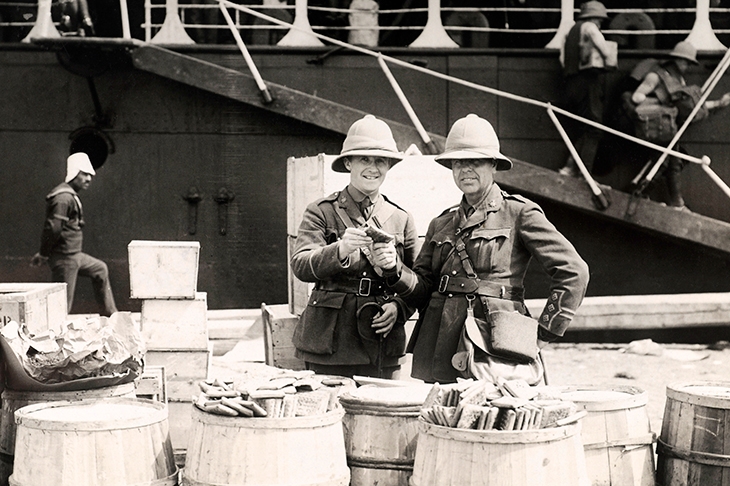Sin-eating is an old European practice. After a person’s death, during the period of lying-in, a biscuit would be placed on the corpse in its coffin. Before the burial, one of the mourners would eat it in order to take on the sins of the departed and allow them to move on into the next life free of the burdens of their transgressions.
Such fascinating info is the stuff of Lizzie Collingham’s book The Biscuit. This review, sadly, won’t touch on a tenth of it.
Collingham has bagged a senior place among writers telling history through a single item of food. The book ranks up there with Salt and Cod by Mark Kurlansky. Her previous such book was Curry: A Tale of Cooks and Conquerors, which I thought would be hard to match, but Collingham has pulled it off again. A former research fellow at Jesus College, Cambridge and history professor at Warwick, she resists the temptation to speculate, exaggerate or invent. What you get is well-researched, detailed information, but written as a clear and interesting story. I hate to think of how much truly boring information about the biscuit she must have ploughed through to hone it down to a fascinating tale of myth, medicine, economics, and survival of armies and navies — and not just of the biscuit, which has been around at least since the third millennium BC, when cooks in Mesopotamia found that drying their bread in the sun meant it didn’t go stale or mouldy. This quickly led to drying by the fire or in the oven, hence bi-cuit (twice-cooked).
The Biscuit isn’t chronological, but jumps around following stories loosely linked by concept. The survival theme takes in hard tack, the sailors’ biscuit, of which the mutineers gave Captain Bligh 150lbs when they set him and 18 men adrift in a longboat in the South Seas.







Comments
Join the debate for just £1 a month
Be part of the conversation with other Spectator readers by getting your first three months for £3.
UNLOCK ACCESS Just £1 a monthAlready a subscriber? Log in